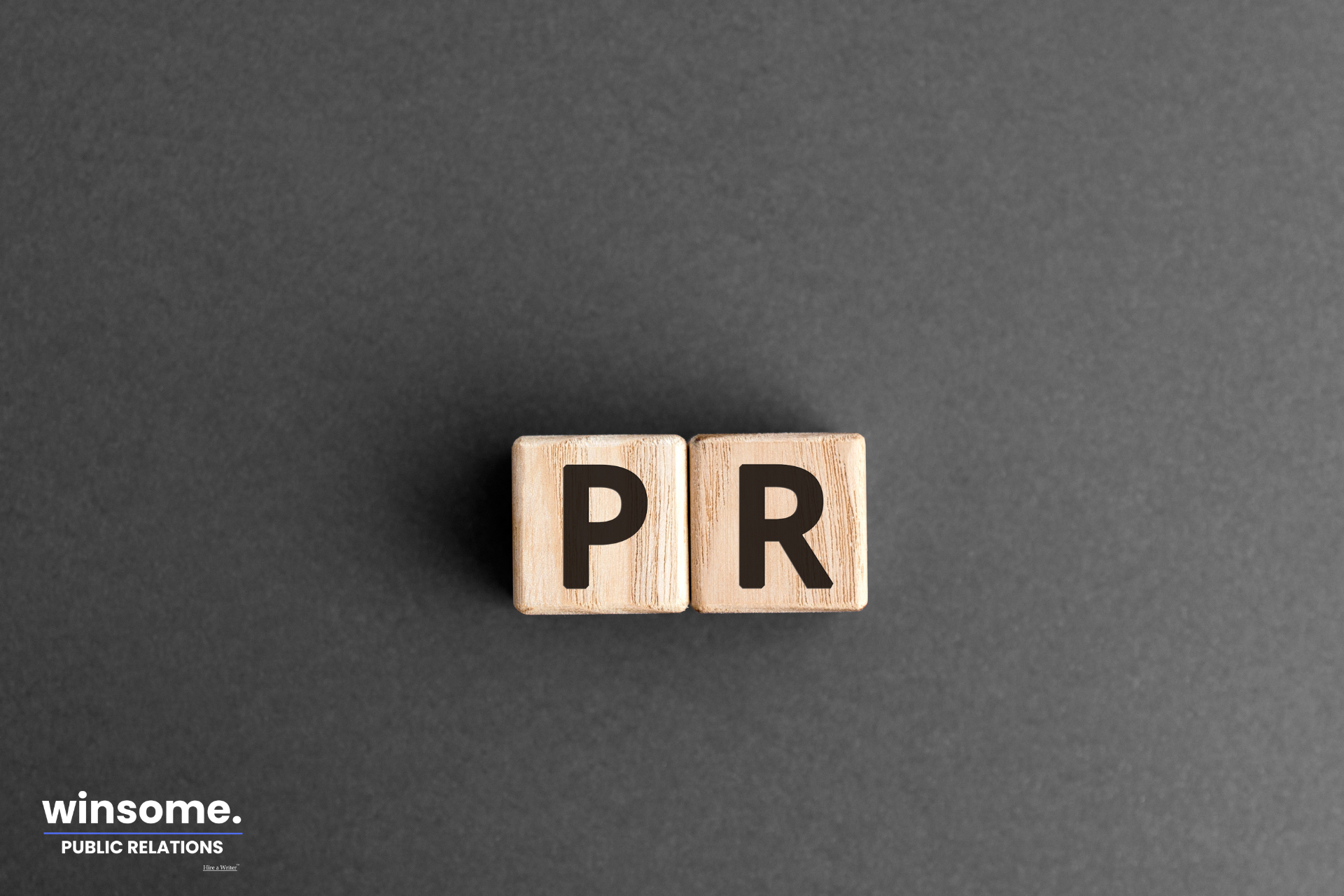What is PR? A Pretty, Pretty Thorough Explanation
Public relations is the secret sauce of modern business success - the strategic art of connecting organizations with their audiences in ways that...
4 min read
 Cassandra Mellen
:
Jun 17, 2025 6:51:22 PM
Cassandra Mellen
:
Jun 17, 2025 6:51:22 PM
.png)
Look, I get it. You're a brand trying to stand out in an overcrowded market where everyone's shouting the same message with slightly different fonts. You've decided to build a content marketing strategy, which is honestly the smartest decision you've made since investing in that fancy coffee machine for the office. But now you're staring at this mountain of marketing jargon, wondering if you really need all these components.
Spoiler alert: You do.
When you start developing your content marketing strategy, you'll quickly discover there are more moving parts than in that complicated fitness equipment gathering dust in your garage. It's like trying to solve a Rubik's cube in the dark, except the stakes are your brand's success instead of impressing your friends with your puzzle-solving skills.
Building this strategy might seem about as appealing as a root canal performed by an enthusiastic amateur, but here's the good news: with the right expert guidance, you can develop an action plan that actually works. And unlike those New Year's resolutions we all make, you'll stick with it.
Creating content without a plan is like going grocery shopping while hungry. You end up with a cart full of random items that made sense in the moment but somehow don't combine into anything useful. Your audience notices this disconnected approach faster than people spot a typo in an important presentation.
Consistency in marketing isn't just important. It's everything. A solid content strategy ensures that everything you publish fits under a cohesive theme. It's like a well-tailored suit instead of mismatched separates you grabbed in the dark. Each piece complements the others, amplifying your key messages until they're impossible to ignore.
A documented strategy also lets you track performance, which means you can tell what's working and what's failing spectacularly. Tracking marketing ROI is crucial unless you enjoy the thrilling mystery of throwing money into the void and hoping something sticks.
There are five key components that every effective content marketing strategy needs. I'll break them down for you.
Think of your content framework as the skeleton of your marketing strategy. Without it, you'd just have a pile of marketing organs flopping around uselessly. Not a pretty image, I know.
Your framework should include:
Developing key messages is like creating the world's shortest autobiography, distilling everything important about your brand into concise, memorable points. These messages become your North Star when creating content, ensuring you don't drift off into irrelevant territory.
An overview of your planned content for the next three to six months lets you check that your key messages are consistently expressed without sounding like a broken record.
A content strategy forces you to build a lineup of ideas in advance, which means you're not scrambling for inspiration at the last minute like you scramble for an excuse when someone asks why you haven't responded to their email from three weeks ago.
Creating cohesive marketing campaigns ensures all your content pieces relate to each other and amplify your key messages. It's like a well-orchestrated symphony instead of random musicians playing whatever notes they feel like.
Staring at a blank page is as intimidating as making small talk with your dentist while they're poking around in your mouth. Start with research – check industry publications, current trends, and events. Look at reports and statistics to generate data-backed ideas.
Your content framework should identify which distribution channels to use, but a detailed platform plan ensures you know exactly what types of content belong where. It's like knowing which outfits work for which occasions, preventing the digital equivalent of showing up to a black-tie event in sweatpants.
Research your target market's online habits and get expert advice to use your communication channels effectively. Pair this with a posting schedule to build consistency, which encourages audience trust faster than free samples at a grocery store.
A basic weekly schedule might look like:
Monitor when your audience is most active online to ensure your posts go live during "prime time." There's no point in posting brilliant content at 3 AM unless your target audience consists exclusively of insomniacs and new parents.
Having content metrics is like having a fitness tracker. It tells you if all your effort is paying off or if you're just making enthusiastic movements that accomplish nothing.
According to SEM Rush, there are three types of metrics to track:
These metrics give you a comprehensive view of your content marketing performance, showing you where to focus your improvement efforts.
Creating a content strategy might seem overwhelming at first. Kind of like the first time you tried to explain TikTok to your parents, but it makes an enormous difference in your marketing results.
Partnering with a content marketing expert ensures you nail each component of your strategy without the painful trial and error that comes with going it alone. It's like having a skilled navigator instead of just hoping you eventually stumble upon your destination.
Ready to build a content marketing strategy that actually works? Contact Winsome Marketing and we'll help you develop a solid plan for your brand that's more reliable than those "waterproof" labels on cheap raincoats.

Public relations is the secret sauce of modern business success - the strategic art of connecting organizations with their audiences in ways that...

Let's talk about 2025 PR predictions, shall we? And no, I'm not breaking out a crystal ball or consulting with my neighborhood psychic (though Karen...

So here's something that nobody warned me about when I started paying attention to the media world: the person running a brand's TikTok account might...